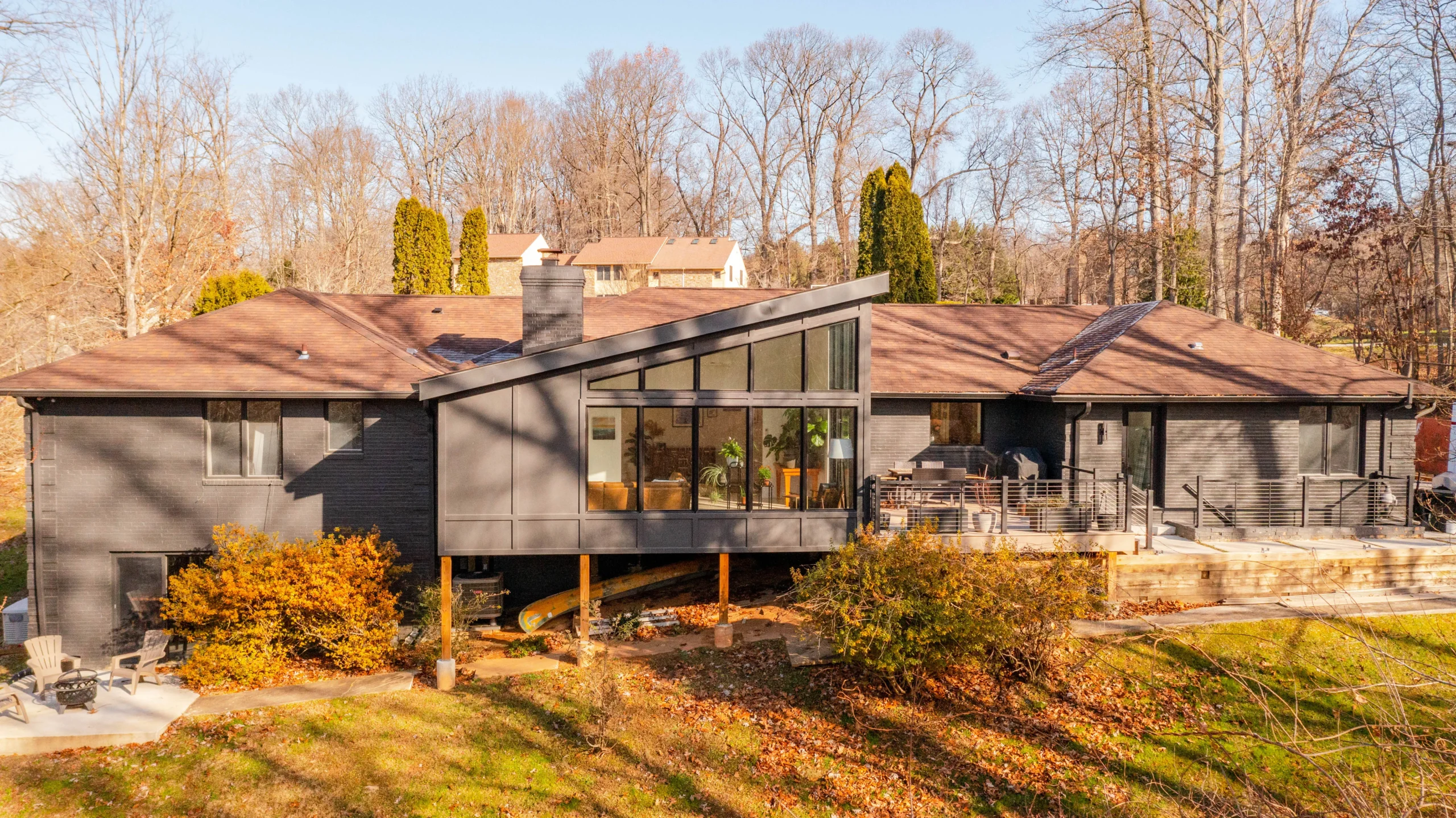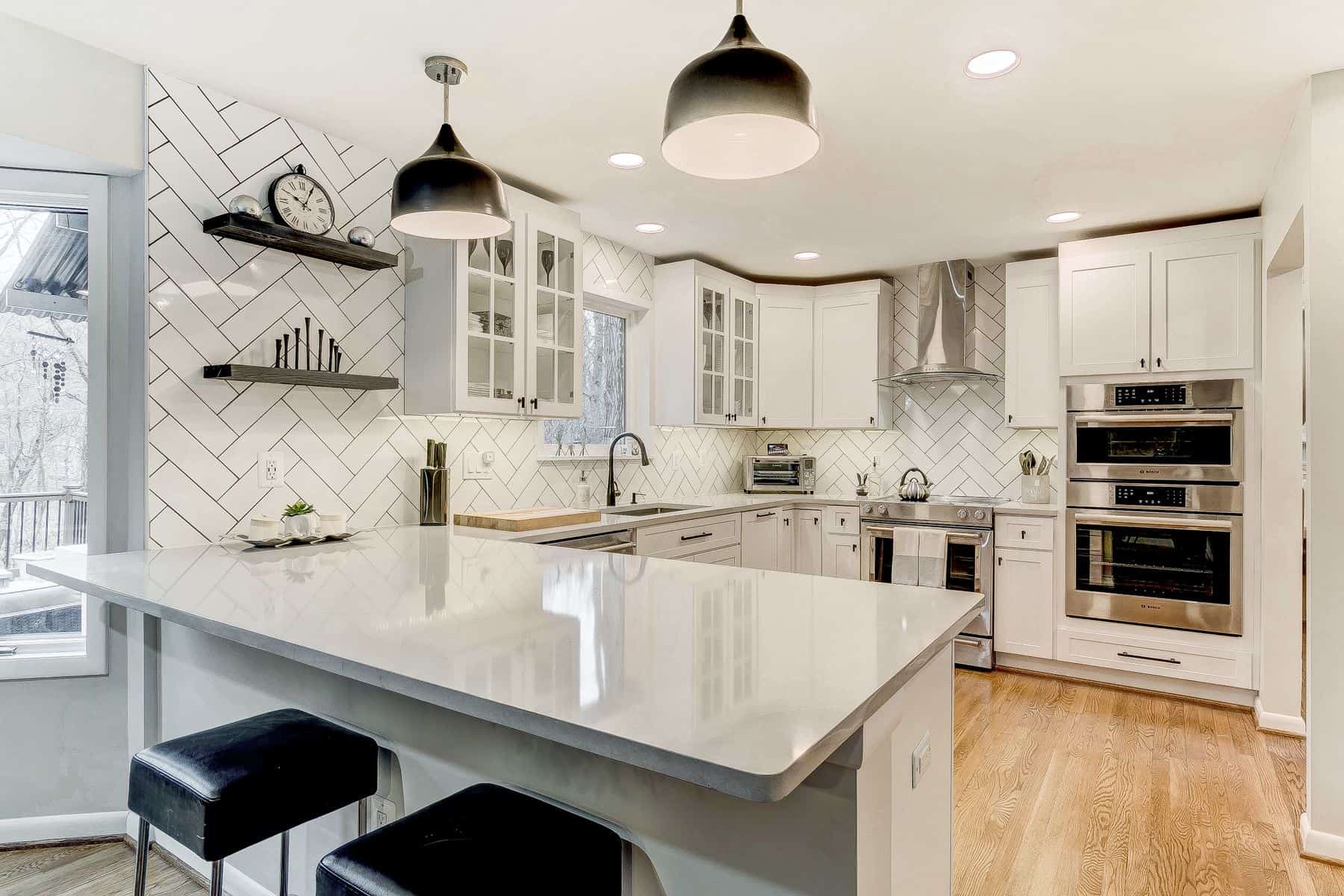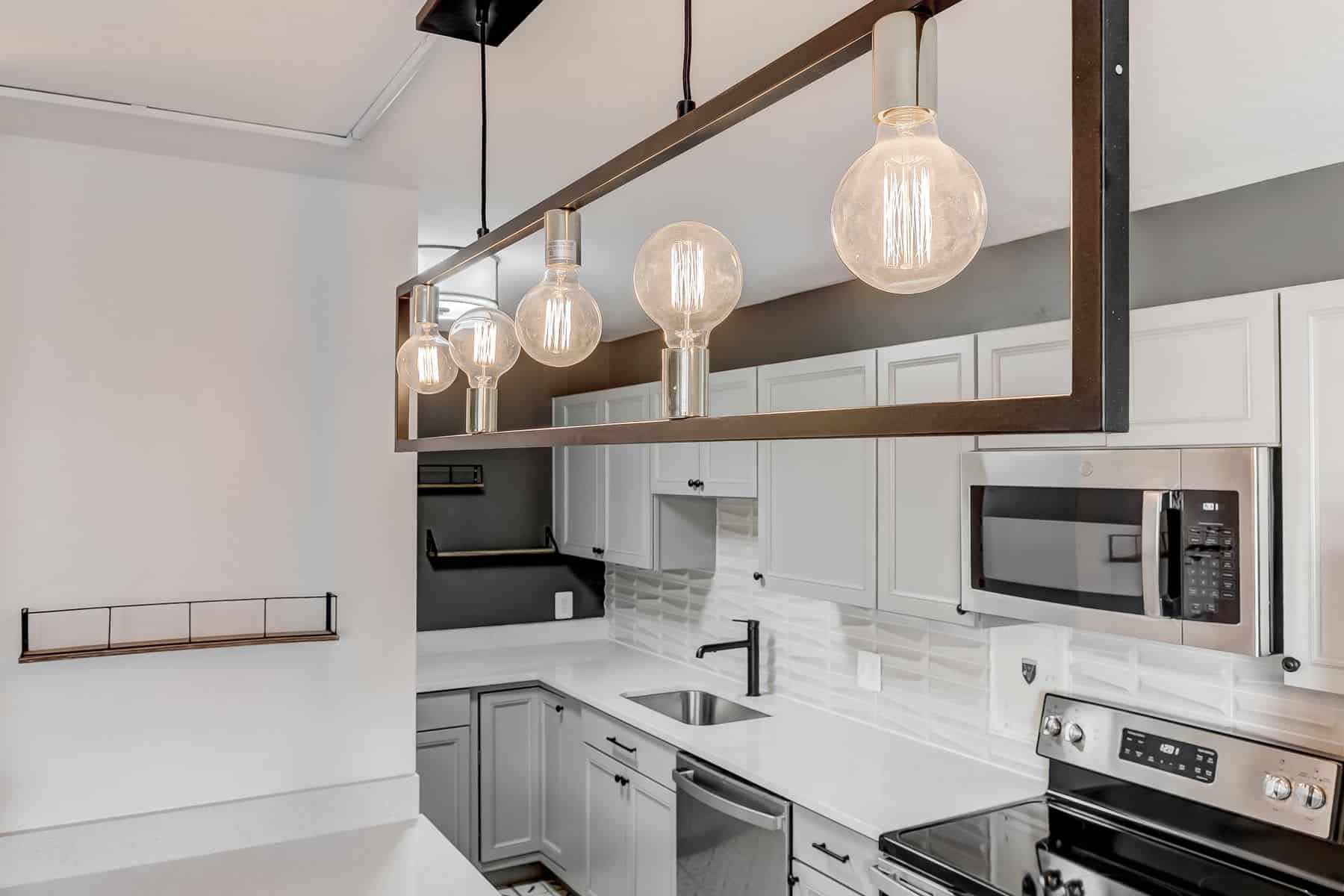At its core, building on your own land embodies the idea of crafting your dreams from the ground up. It’s about having the freedom to create on a canvas you own, where every brick laid and beam raised resonates with your vision. This concept celebrates the fusion of land ownership and creative autonomy, offering you the power to shape spaces that mirror your aspirations. This article unravels the essence of building on your land, from its definition to the profound significance of owning your space and the ability to build without boundaries.

Benefits of Building on Your Own Land
Creative Control and Personalization
When you choose to build on your own land, you step into a realm of creative possibilities. This is your opportunity to tailor every detail to your liking. Whether you envision an airy, open-concept living space or a cozy retreat with intricate architectural details, the canvas of your land is yours to paint. You can decide on the layout, the materials, and every facet that contributes to the final masterpiece. Your land isn’t just a blank slate; it’s a platform for your imagination to come alive, allowing you to create a space that perfectly aligns with your lifestyle and preferences.
Legal Autonomy and Decision Making
One of the most empowering aspects of building on your own land is the freedom it offers in decision-making. Without the need for external approvals, you can navigate the construction process with greater ease. This autonomy extends from design modifications to construction timeline adjustments. Need to rethink the placement of a window or alter the floor plan midway through? When it’s your land, you’re in the driver’s seat, making choices that best serve your vision. This level of control can significantly expedite the construction process and ensure that the final product truly reflects your wishes.
Investment Value
Building on your own land isn’t just about creating a living space; it’s also a strategic investment. As you construct a structure on your property, you’re simultaneously building equity. The value of your land increases as you add a functional and aesthetically pleasing building to it. Additionally, when you own the land, you’re free from the rising costs of renting or the fluctuations in the housing market. This can lead to potential long-term cost savings. Instead of pouring funds into rent or mortgage payments, you’re putting your resources into an asset that appreciates over time. Ultimately, building on your own land can yield financial benefits that extend well beyond the construction phase.

Considerations Before Building
When planning to construct on your own land, there are several key factors to keep in mind before breaking ground.
Firstly, acquaint yourself with the local zoning regulations and building codes that apply to your area. These rules outline what is permissible in terms of structure size, design, and location. Ensuring your project aligns with these guidelines prevents potential legal complications and costly modifications later on.
Secondly, budgeting is a crucial step. Calculate all potential costs, including materials, labor, permits, and unexpected expenses. This financial roadmap will help you stay on track and avoid financial strain throughout the construction process.
Another critical consideration is the availability of infrastructure and utilities. Ensure that your land has access to necessities like water, electricity, sewage systems, and gas lines. Addressing these factors upfront avoids setbacks during construction due to lack of essential services.
Steps For Building a Custom Home on Your Land
Embarking on the journey of constructing a custom home on your own land involves a series of well-defined steps.
- Land Preparation: The process begins with preparing the land for construction. This includes clearing the area, addressing any environmental considerations, and ensuring proper grading. A solid foundation sets the stage for a smooth construction process.
- Design and Planning: Collaborate with architects and designers to bring your vision to life. Discuss your preferences, functional requirements, and aesthetic choices. The result will be a detailed construction plan that outlines the layout, dimensions, materials, and design elements of your future home.
- Obtaining Permits and Approvals: Before construction can commence, it’s essential to obtain the necessary permits and approvals from local authorities. This involves submitting your construction plans and ensuring they meet zoning regulations and building codes.
- Construction: With permits in hand, the actual construction begins. Depending on the complexity of the project, this phase involves various stages, from laying the foundation to framing, roofing, and interior work. Hiring reputable contractors ensures quality craftsmanship and adherence to your design specifications.
- Inspections and Quality Control: Throughout the construction process, regular inspections are conducted to ensure that the work meets safety and quality standards. This step helps identify and address any issues promptly, contributing to a well-built and durable home.
- Interior Finishes: As the construction progresses, attention shifts to interior finishes. This includes selecting and installing flooring, cabinetry, fixtures, and other elements that bring your personal touch to the space.
- Final Inspections and Approvals: Before you can move in, final inspections are conducted to ensure that all work has been completed according to regulations. Once these inspections are successfully passed, you’ll receive the green light to occupy your new home.
- Moving In: With all approvals obtained, it’s time to move into your custom-built home on your land. You can now enjoy the fruits of your labor and the realization of your dream living space.


Unforeseen Issues and Costs: Navigating the Unexpected
Amid the excitement of building a home on your land, it’s crucial to remain mindful of the potential for unforeseen issues and associated costs that may arise throughout the process.
Once construction is underway, site conditions might reveal unexpected challenges. Poor soil quality, hidden water sources, or geological complexities could necessitate adjustments to the foundation or alterations to the original plan.
Weather, often beyond our control, can also impact construction. Sudden storms, extreme temperatures, or other adverse conditions might lead to project delays. These delays can introduce extra labor costs or extended rental arrangements while waiting for completion.
Regulations and building codes can evolve over time. If rules change during your project, you might need to adapt your plans to align with new standards. This could entail design revisions, additional paperwork, and the possibility of increased costs.
The prices of construction materials are subject to market fluctuations. Unforeseen increases in material costs might influence your budget, potentially requiring adjustments or substitutions in your chosen materials.
As construction progresses, you might discover the need for design modifications. While these adjustments can enhance functionality and aesthetics, they can also introduce unexpected expenses or construction delays.
Labor-related issues, such as changes in personnel or subcontractor availability, can disrupt the construction timeline. Delays caused by these factors may lead to unanticipated project extensions and additional costs.
In light of these potential challenges, it’s wise to incorporate contingency planning into your project. By allocating a contingency fund within your budget, you create a financial cushion to address unforeseen issues without derailing the project or straining your resources.
For instance, if you’re building in an area prone to heavy rain or snow, outdoor work like laying the foundation or constructing the exterior walls and roof may be delayed.
An example would be a construction site hit by a week-long heavy rainstorm right when the foundation was scheduled to be poured. The ground could be too wet for the work to proceed safely, which means waiting until the weather clears and the ground dries. These types of delays can significantly extend the construction timeline.
Ready to Build Your Home Today?
Ready to transform your space? Partner with Byrd for expert guidance and unmatched craftsmanship. With our experience and dedication to excellence, we’ll help you bring your vision to life and turn your home-building dreams into an extraordinary reality.
Contact us today to embark on the exciting journey of building on your own land!






